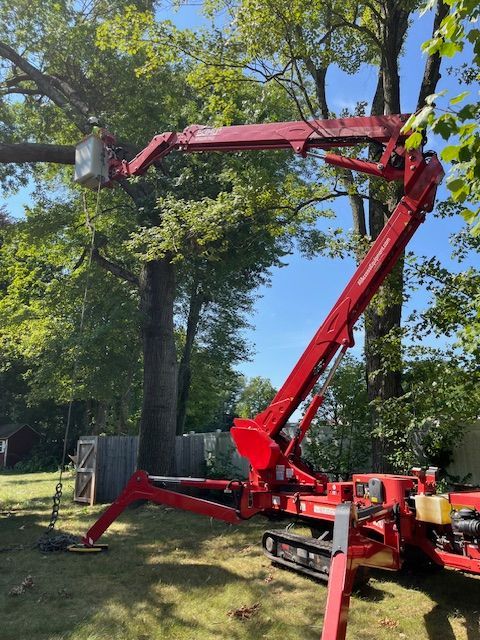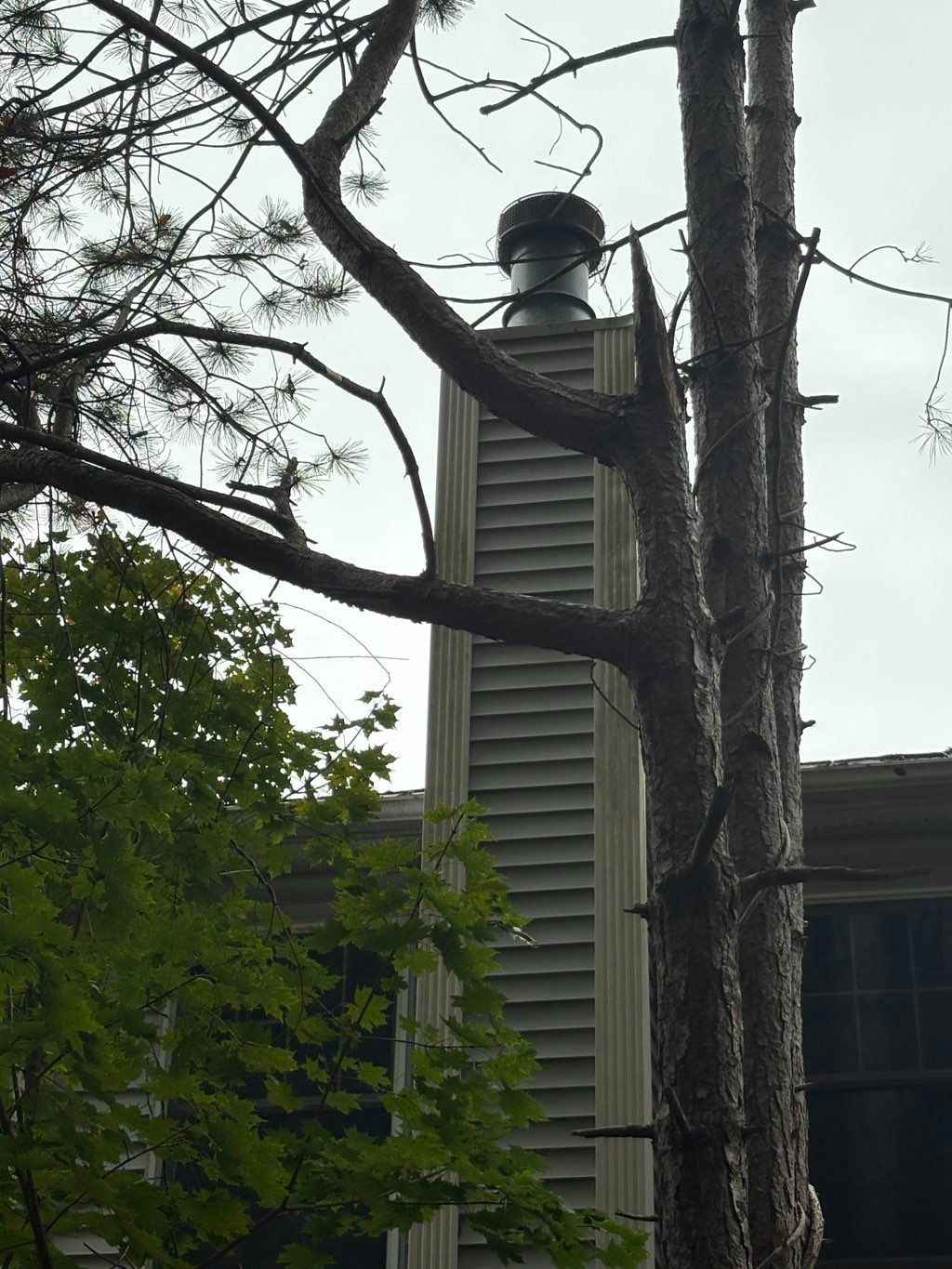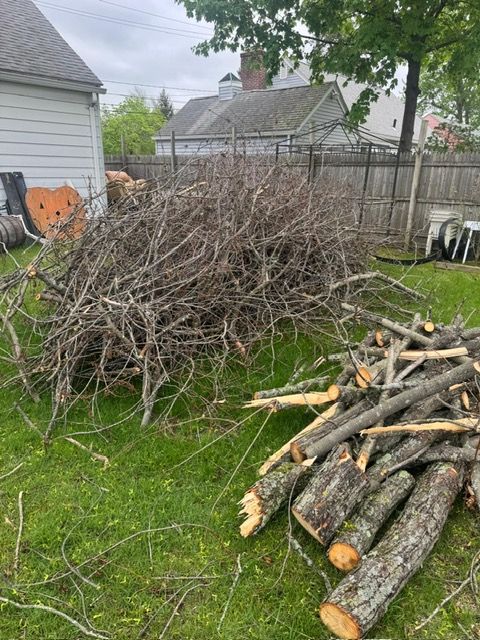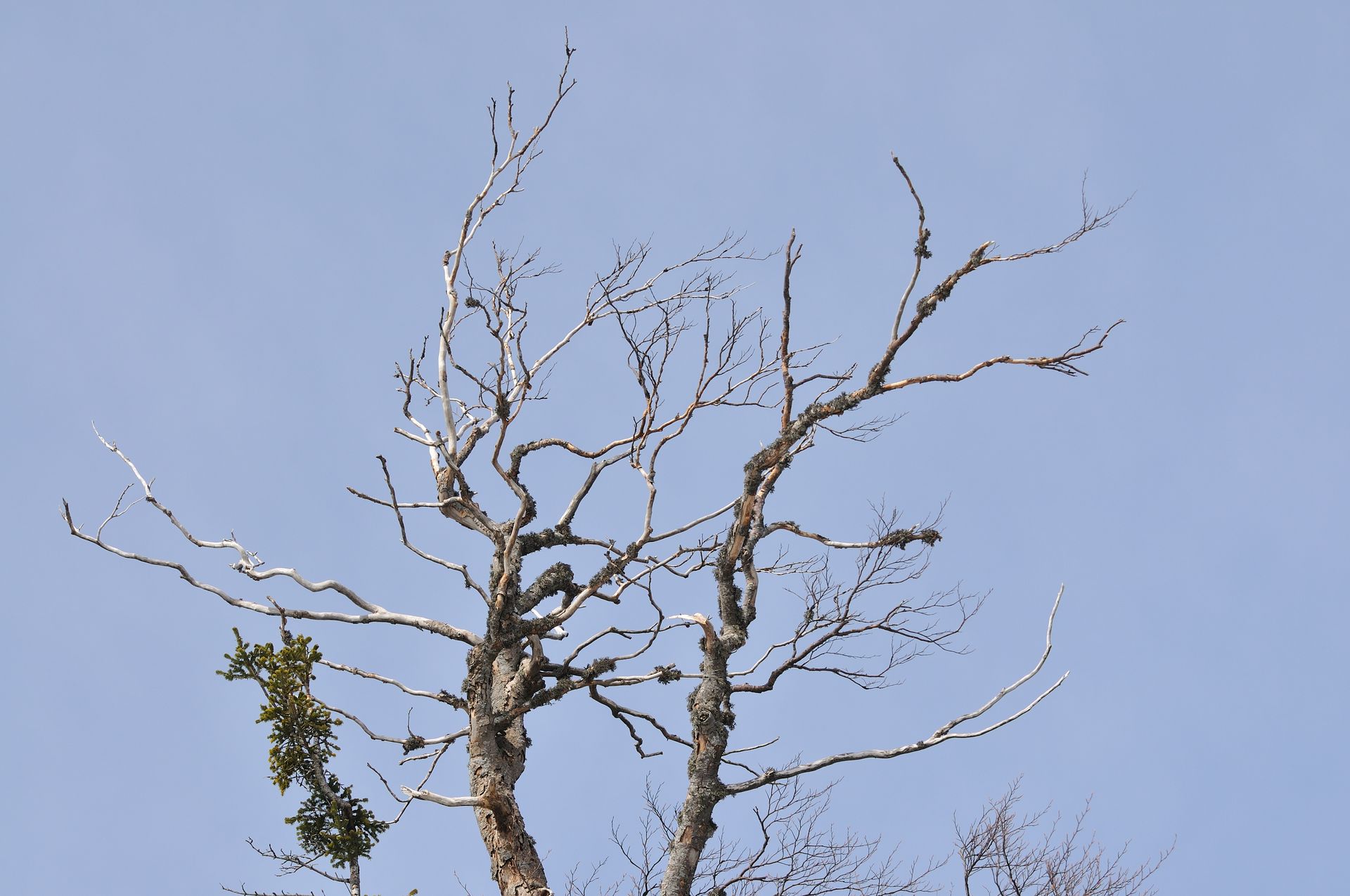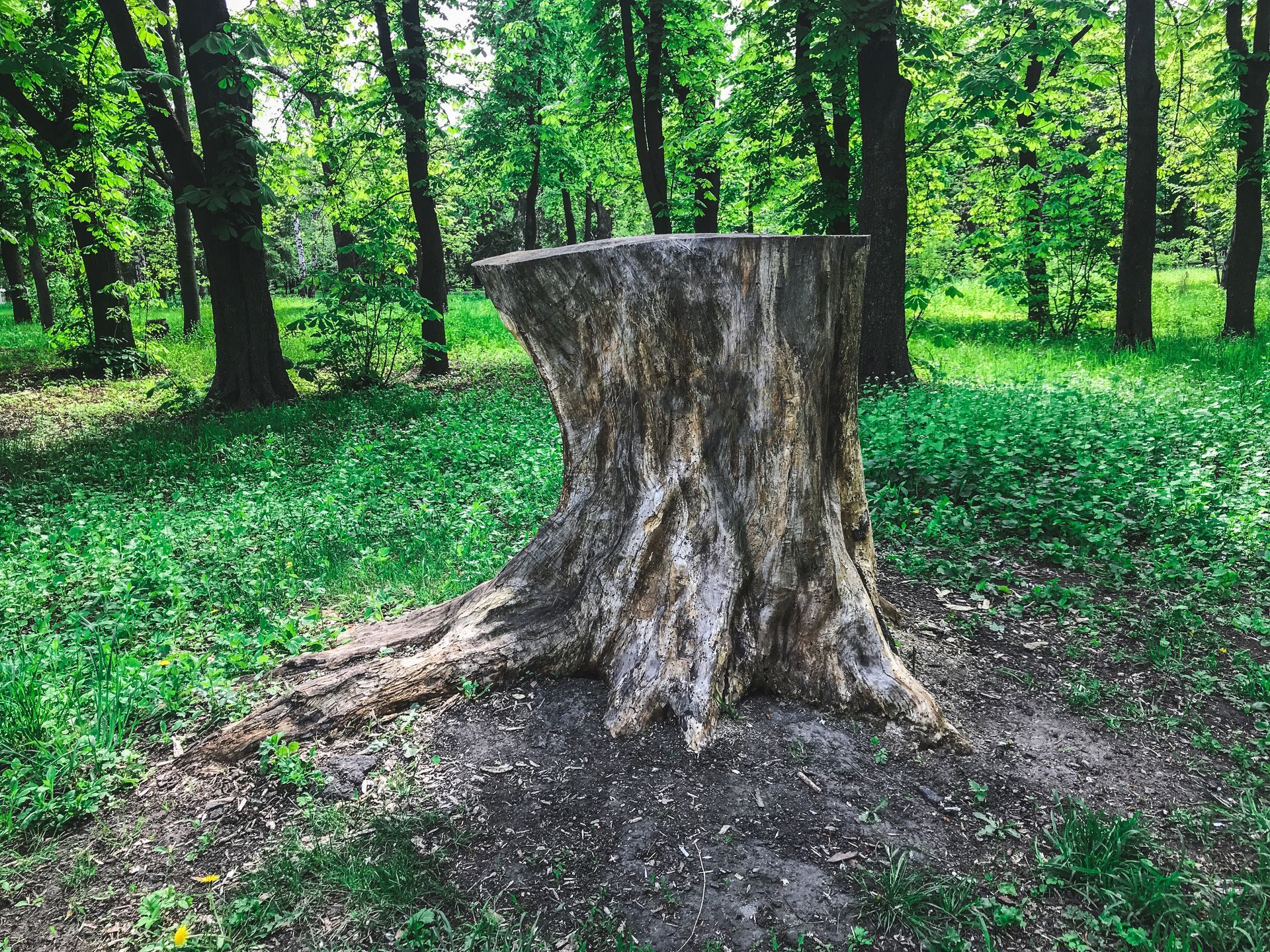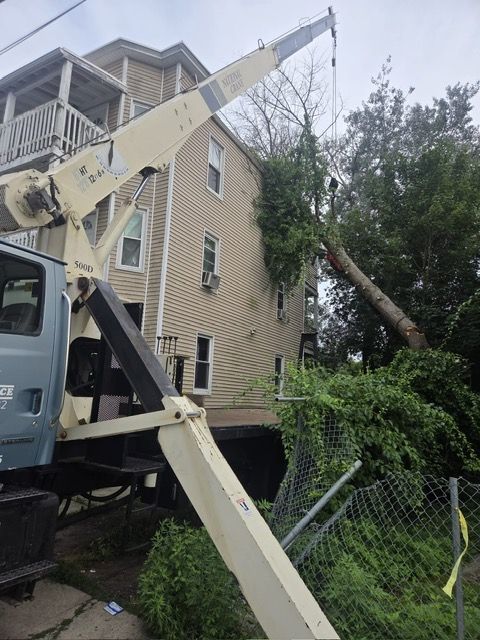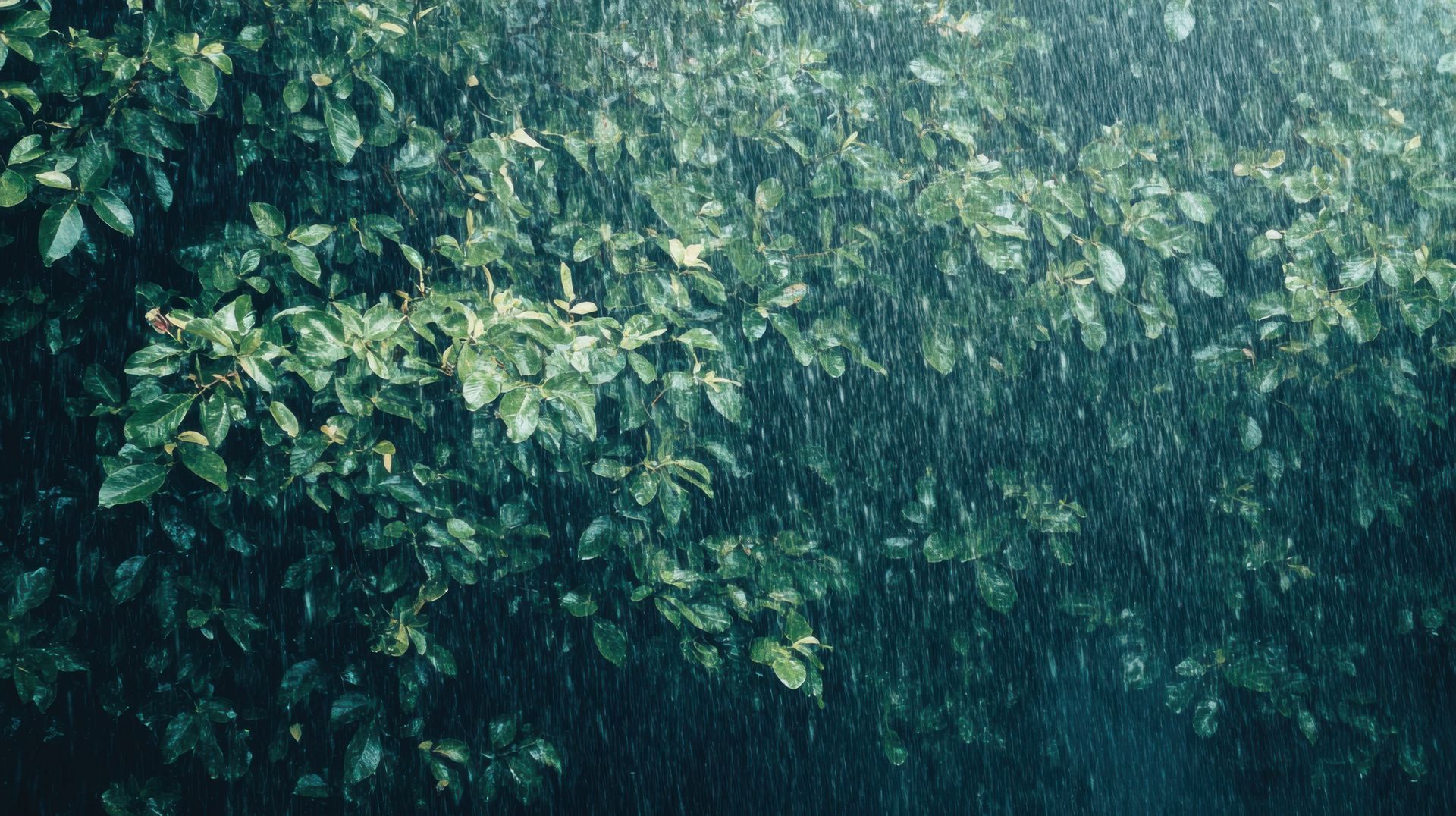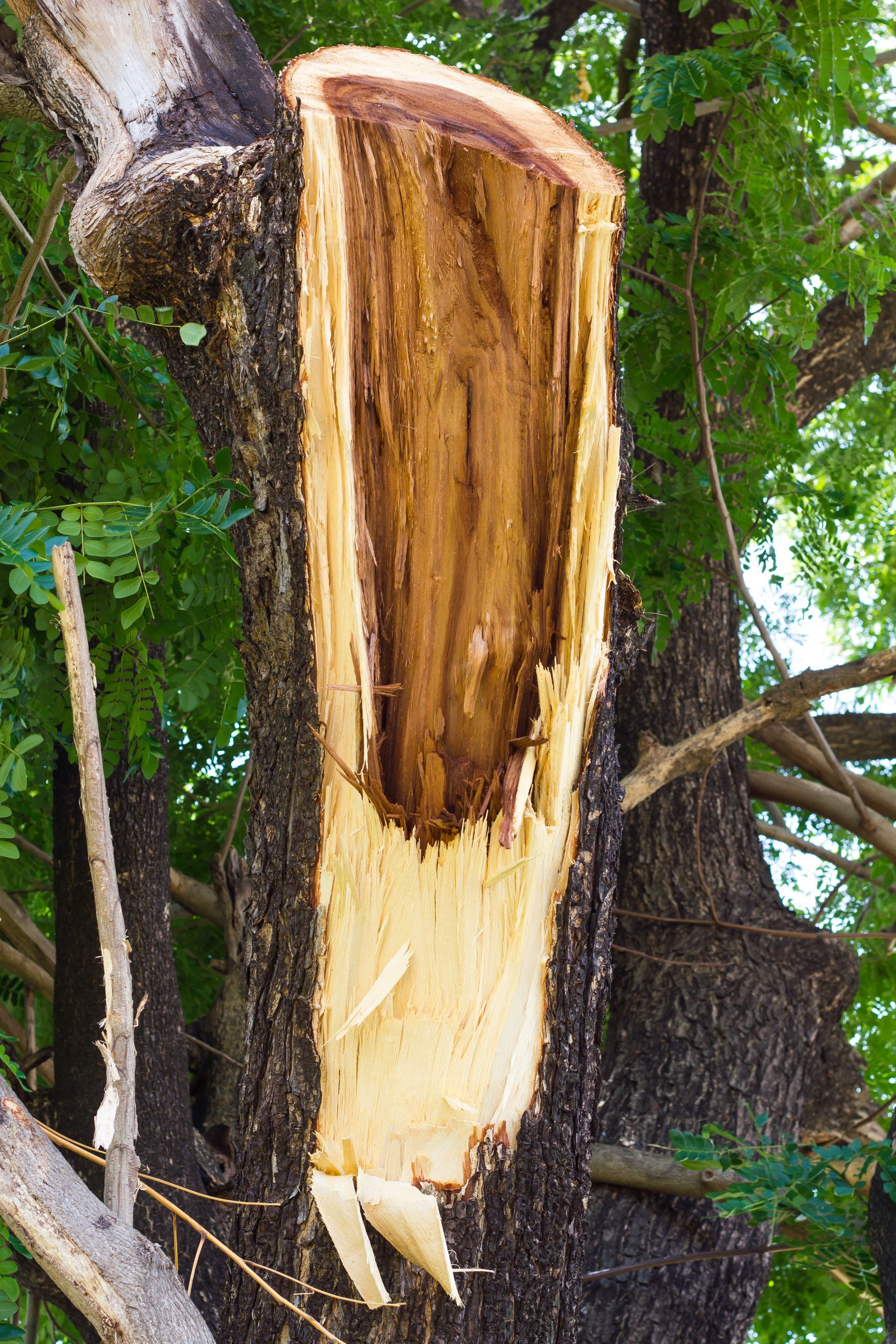Which Tree Disease is Common in Connecticut?
Understanding Common Tree Diseases in Connecticut:
Connecticut is home to a variety of tree species, but like any other region, its trees are susceptible to certain diseases. In this guide, we'll explore some of the most common tree diseases in Connecticut, their symptoms, and how to manage them to ensure the health and longevity of your trees.
Dutch Elm Disease
Dutch elm disease (DED) is a fungal disease that affects elm trees, including the American elm, which was once a dominant tree species in Connecticut. DED is spread by elm bark beetles and causes wilting, yellowing of leaves, and eventual death of the tree. Management strategies include pruning infected branches and planting disease-resistant elm varieties.
Oak Wilt
Oak wilt is a type of fungal infection that impacts oak trees, specifically red oaks and white oaks. It is spread by sap-feeding beetles and through root grafts between trees. Symptoms include wilting, browning of leaves, and eventual death of the tree. Preventive measures include avoiding pruning during the growing season and planting resistant oak species.
Anthracnose
Anthracnose is a fungal infection that impacts a variety of deciduous trees, such as maple, oak, and dogwood trees. It causes dark, sunken lesions on leaves, which can lead to defoliation and reduced growth. Management strategies include pruning infected branches and promoting good air circulation around trees.
Apple Scab
Apple scab is a fungal infection that targets both apple and pear trees. It results in dark, scabby lesions on leaves and fruit, potentially causing leaf loss and a decline in fruit quality. Management strategies include planting disease-resistant apple varieties and applying fungicides.
Fire Blight
Fire blight is a bacterial infection that impacts trees belonging to the rose family, such as apple and pear trees. It causes wilting, blackening of leaves, and cankers on branches, which can lead to dieback of the tree. Management strategies include pruning infected branches and planting disease-resistant varieties.
Emerald Ash Borer
The emerald ash borer (EAB) is a devastating beetle that has severely impacted ash tree populations nationwide, including in Connecticut. EAB larvae consume the inner bark of ash trees, disrupting the tree's ability to carry water and nutrients. Infested trees typically perish within several years.
Management strategies include early detection, insecticide treatments, and tree removal.
While Connecticut's trees are susceptible to a variety of diseases, early detection and proper management can help mitigate their impact. By monitoring your trees for symptoms, practicing good tree care techniques, and seeking professional help when needed, you can help protect your trees from common diseases and ensure their health and longevity for years to come.
